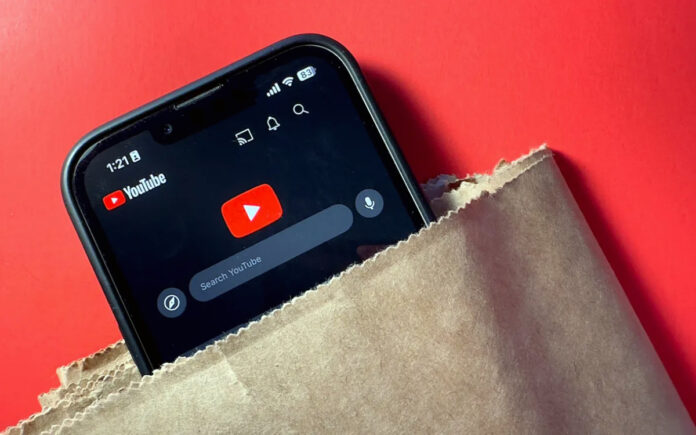New York: In an era dominated by advancing artificial intelligence, privacy concerns are escalating. Recently, Meta’s move to label all images as “AI image” on Instagram stirred controversy among artists, reflecting broader anxieties. Similarly, YouTube has responded to these challenges with a new policy aimed at safeguarding user privacy. This update allows individuals to request the removal of AI-generated or fabricated content that impersonates their voice or likeness.
YouTube’s initiative marks an expansion of its responsible AI agenda, initially introduced in November. Previously, requests to remove deepfakes or similar content were based on grounds of misinformation. Now, affected parties can directly request removal on grounds of privacy violation, as outlined in YouTube’s updated Help documentation. Exceptions apply, such as cases involving minors, deceased individuals, or those without access to digital means.
Upon receiving a removal request, YouTube evaluates various factors before making a decision. These include whether the content clearly discloses its AI origins, whether it uniquely identifies an individual, and whether it serves purposes like parody or satire. Public figures and celebrities depicted in sensitive contexts, such as illegal activities or political endorsements, undergo heightened scrutiny.
Also Read | Greece Continues Battle Against Wildfire on Kos Island
Furthermore, YouTube grants 48 hours for content creators to respond to removal requests. If the content is removed during this period, the complaint is closed. Otherwise, YouTube initiates a review process, emphasizing its commitment to privacy protection. The platform warns that non-compliance could result in full removal of the video and even removal of personal identifiers from associated metadata.
Also Read | India’s Monsoon Rains Envelop Entire Country Ahead of Schedule
Users are encouraged to use tools like face blurring for privacy, although merely setting a video to private does not suffice to meet removal criteria. Content labeled as AI-generated must still adhere to YouTube’s Community Guidelines, underscoring the platform’s dedication to maintaining content integrity amidst technological advancements.



